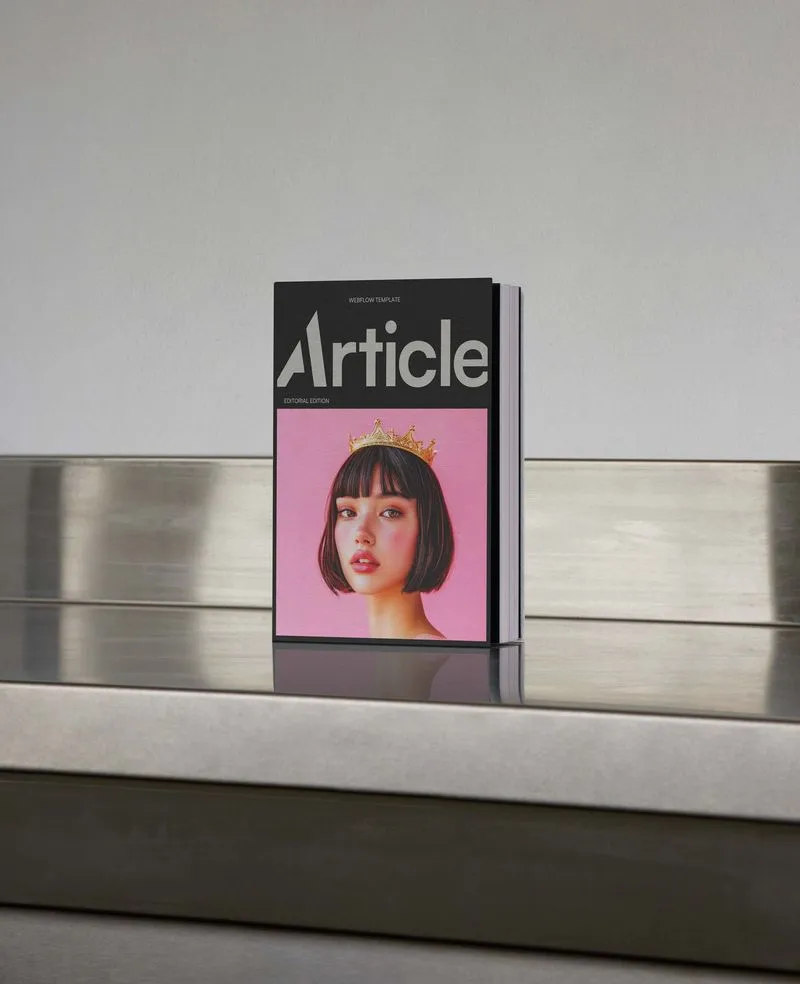Power Partners: Securing the Best Event Collaborators
The right partnerships can take your event from good to unforgettable. Collaborating with aligned brands, artists, and influencers expands your reach, adds credibility, and enhances the overall experience for attendees. But how do you find the right partners, and how do you make sure the collaboration is a win-win?
Step 1: Identify the Right Partners
Not all collaborations are created equal. To ensure a strong fit, you'll need to:
- Define Your Goals – What are you looking for in a partner? Is it more exposure, better production, financial sponsorship, or something else?
- Analyze Your Audience – Who attends your events? What brands or communities are they already engaging with?
- Make a Target List – Identify brands, influencers, or organizations that align with your aesthetic, mission, and audience.
💡 Example—Sights & Sounds:
Sights & Sounds has built their brand through carefully curated collaborations that extend beyond traditional sponsorships.
- Sights & Sounds merges music, art, and culture, partnering with both artists and brands to create immersive experiences. Their partnerships often feature live painting installations, interactive activations, and co-branded merchandise drops that make sponsorships feel natural and engaging. In doing this, they create moments that feel highly curated and aligned with their audience.
Step 2: Craft a Strong Pitch
Once you’ve identified potential partners, approach them with a clear and compelling value proposition. Elevate your pitch:
- Showcase Audience Data – Provide insights on your attendee demographics and engagement.
- Clarify Brand Visibility – Detail where and how they’ll be featured (social media, event signage, co-branded experiences).
- Offer Customization – Allow room for the partner to integrate their brand in a way that feels natural.
How Strong Partnerships Are Built:
Rather than offering generic sponsorship packages, successful event brands craft immersive brand integrations that elevate the attendee experience. For example, instead of just featuring a liquor sponsor’s logo, organizers can create custom bar activations where the brand’s presence is fully embedded into the experience—through signature cocktails, branded lounges, or exclusive VIP experiences.
💡 Key Takeaway: The best partnerships are immersive and engaging, not just promotional—your proposal should show how a brand’s presence enhances the event in a way that attendees genuinely connect with.
Step 3: Set Expectations & Execute
To avoid misalignment, ensure the partnership details are locked in early:
- Define Roles & Responsibilities – Who’s handling promotions, production, and execution?
- Clarify Financial Agreements – Are they providing funding, product, or services in exchange for exposure?
- Measure Success – Establish key performance indicators (KPIs) like ticket sales, social engagement, and brand impressions.
Creating Value Beyond the Event Itself:
Successful event partnerships extend beyond just one night—they should provide lasting value for both parties. The best collaborations involve co-created content, strategic cross-promotion, and ongoing engagement that benefits both the event brand and the partner. Instead of treating a collaboration as a one-time sponsorship, consider how to provide continuous value—through consistent social media exposure, high-quality event photography, and long-term audience alignment that keeps both brands engaged even after the event is over.
💡 Pro Tip: If you’re working with venues, liquor sponsors, or brands, think beyond the event itself—offer long-term value through marketing, content, and ongoing collaboration.
Step 4: Build Long-Term Partnerships
Rather than chasing one-time sponsorships, aim to cultivate relationships that can grow over time:
- Provide Recurring Value – Keep partners engaged through exclusive access, co-branded merchandise, or content collaborations.
- Keep Communication Open – Schedule post-event debriefs to discuss what worked and how to improve future collaborations.
- Make It a Win-Win – Ensure that both sides see measurable benefits from the partnership.
Le PÈRE’s Long-Term Play
Rather than focusing solely on venue partnerships, Le PÈRE has cultivated long-term relationships with brands and artists, integrating them into their events in meaningful ways. By collaborating with designers, musicians, and cultural tastemakers, they ensure that every event is more than just a party—it’s a cultural moment that continues beyond the night itself.
For example, instead of treating brand partnerships as one-off activations, Le PÈRE develops ongoing collaborations with fashion and lifestyle brands that allow for continued engagement. This might include custom merchandise drops, artist showcases, or exclusive product launches that keep both the event brand and the collaborator relevant long after the event ends.
💡 Key Takeaway: Long-term collaborations create stability for both you and your partners. If a partnership works well, turn it into a lasting relationship that benefits both sides by integrating the brand beyond a single event.
Take Your Collaborations to the Next Level
The best partnerships don’t just elevate one event—they create momentum for future growth. By choosing the right partners, pitching strategically, and structuring deals thoughtfully, you can build collaborations that enhance your brand, attract bigger crowds, and keep your events ahead of the curve.
Start building relationships that amplify your brand and elevate your experiences.

Join Our Newsletter
Get a weekly selection of curated articles from our editorial team.


